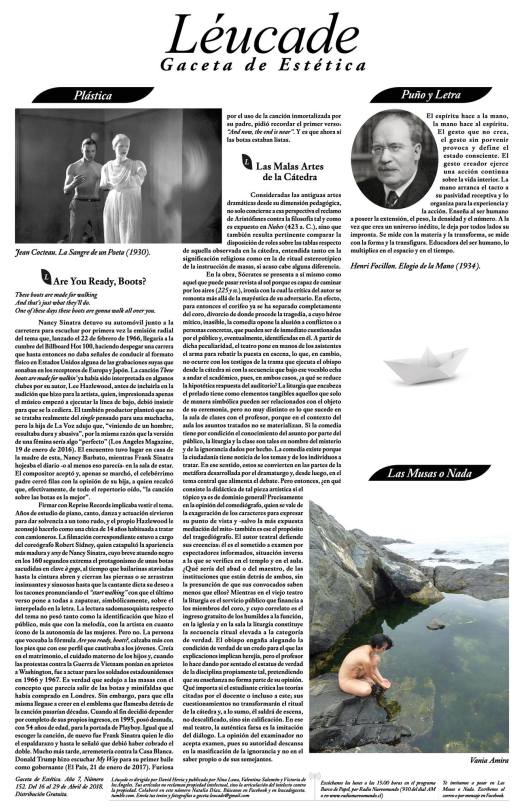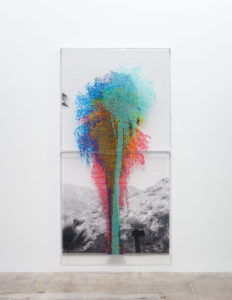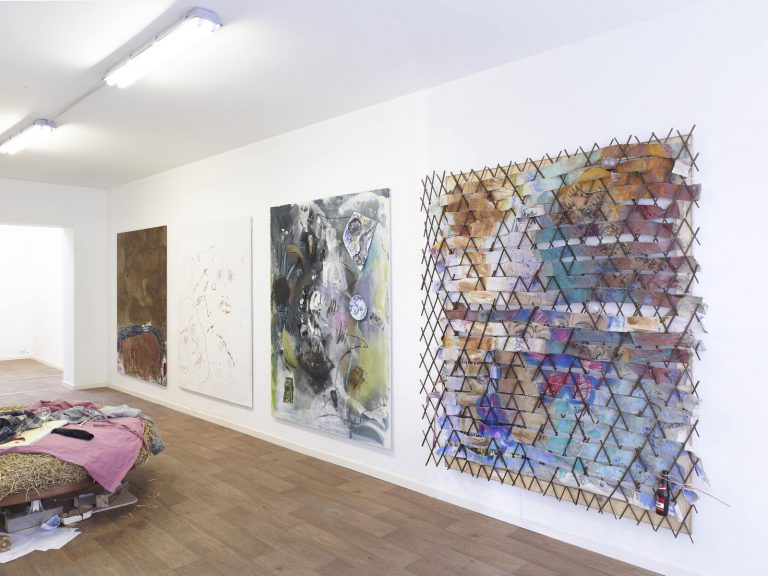
Once shown, however, the ability to see visual metamorphosis can be taught and, as in so many other talents, practice helps improve performance. Indeed Foçillon’s own experience of such metamorphoses seems to have been somewhat limited because his concrete examples in art are relatively scarce.

If many painters cannot recognize the metamorphosis, it is not surprising then that most viewers have not been able to see them either. Any great European artist in any period would have assumed that a borrowed form borrows meaning and that there is no difference between an idea for a painting and a composition of form. 1971).įrom the above stated passages, a number of principles can be. Focillon in this statement can easily be seen as trying to express disciplinary engagement, which would later come up to be called as “the social history of arts” (Kleinbauer. The book the Life of Forms in Art by Henri Focillon has inspired many of the people and his students to transform and become an art historian and follow the footsteps of Henri Focillon himself. In the book, the Life of Forms, Focillon tried to sum up his theories regarding the different styles and forms of artwork in different eras, or the change in style and form of artwork with the passage of time. Focillon highlights the existence of nonsynchronous propensities within styles that provide artworks a diverse and stratified character (Brunette &Wills. One of his great accomplishments was to inculcate a notion of independent formal alteration within the changing field of supplies and practices. In his book, he describes how the art for comes to change over time, without being influenced by the external forces such as politics, society and economics.

In his most prominent piece of work The Life of Forms, Focillon manages to beautifully mediate on the historical problem of style in art. However, he died mid war in the year 1943, and never got to see the Nazi Germany's defeat in World War II by the Allied forces. During his last few years of life he wrote many essays and penned many protests against the German occupation of France in the World War II. In 1933 he moved to the United States and began teaching six week teaching courses at Yale University, and in 1934 he published his most important and famous piece of work La vie des formes. However, after sometime his focus and interest shifted from the modern era to the medieval times, and he got the chair of medieval archeology at Sorbonne, which proved to be fruitful and the most successful for his career as a medieval art historian. At first he was interested in modern era, and got a position as the professor of modern history at the University of Lyon alongside the directorship of the city's Musée des Beaux-Arts.

His first teaching assignments were at the Lycée of Bourges from 1908 to 1910. During the early 1900s he studied philology from École Normale Supérieure, from where he graduated in 1906.

He received his early education form schools by the names of Lycée Charlemagne and Lycée Henri IV in Paris. He was the youngest of all the Focillon's in the family and grew up between the artists such as Edouard Vuillard and Auguste Rodin and the early documenter of Impressionism, Gustave Geffroy. His father was Victor Louis Focillion who was an engraver and regular salon reviewer. Henri Focillon was born in 1881 in Dijon, Burgundy, France was a famous medievalist art historian, and theorist.


 0 kommentar(er)
0 kommentar(er)
